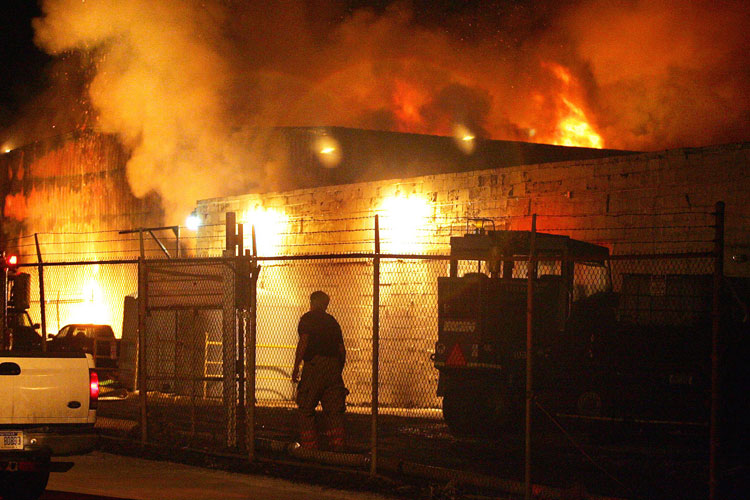This year’s International Fire Code is out and calls for compliance with NFPA 652.
What is NFPA 652?
This is a 2016 standard that was released by the NFPA (National Fire Protection Association) and applies to all facilities that have combustible dust.
The NFPA 652 is different compared to the other standards in that it requires facilities to test the dust. If the test confirms the dust to be combustible, a dust hazard analysis (DHA) must be done to identify the existing hazards, come up with an inscribed plan for dealing with those hazards and providing training to all the affected parties.
The International Fire Code 2018 Say on Combustible Dust
Any facility that deals with combustible dust in any way must comply. The following are the main key points:
NFPA 652 relates to new and existing facilities where combustible dust is present.
Existing facilities must have a Dust Hazard Analysis (DHA): within three years of the effective date of the standard (by October this year), and any time the process undergoes changes.
If a facility hasn’t completed a DHA, a fire code official can order one on their behalf.
Combustible dust should not be allowed to accumulate. The dust must be collected in a way that does not suspend it into the air, a vacuum cleaner must be used.
What Does This Mean?
Those operating in the United States adhere to the NFPA 652. Even if your industry is not currently obliged to comply with this rule, chances are you will be, soon. Insurance brokers, more codes, and agencies are adopting the standards to address dust hazards. You should also remember that a fire marshal can shut you down if your operations are not safe.
Contact us to know how you can get rid of combustible dust in your facility using industry approved vacuum cleaners.













